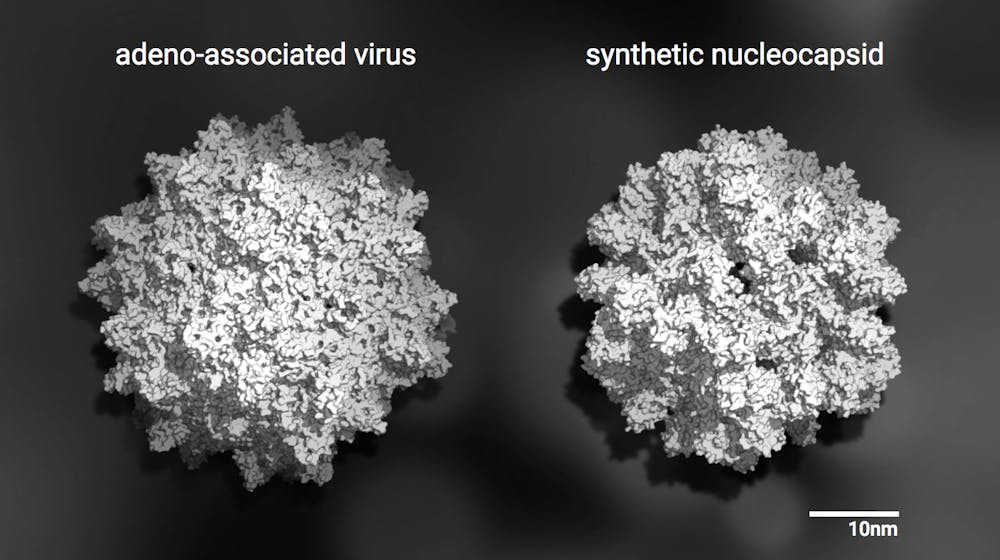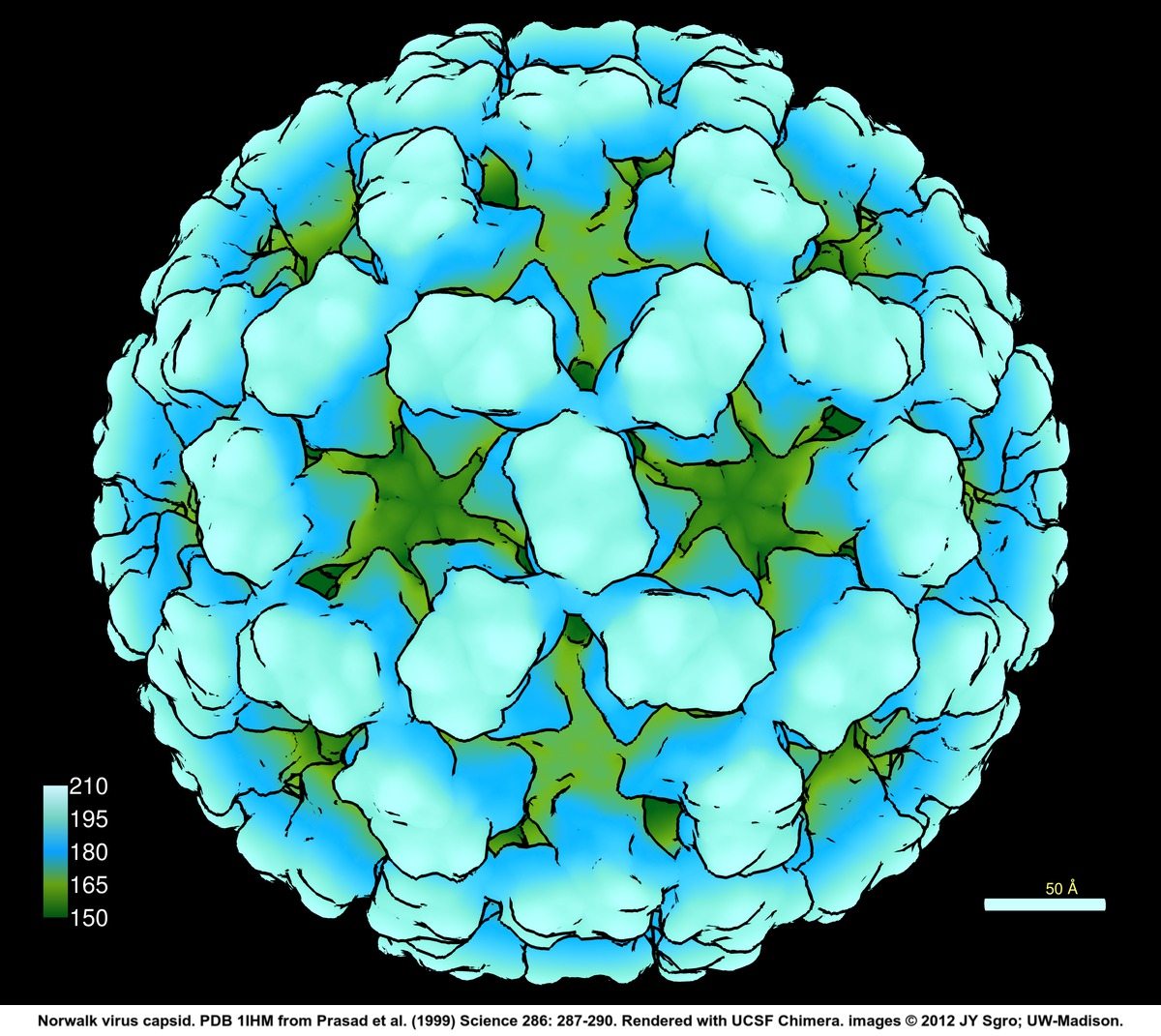Designer Protein Encapsulating Own RNA Genome Used in Therapy
The challenges of evolution in a complex biochemical environment, coupling genotype to phenotype and protecting the genetic material, are solved elegantly in biological systems by the encapsulation of nucleic acids.
The simplest of examples is that of the viruses that use capsids to surround their genomes. Although these naturally occurring systems have been modified to change their tropism and to display proteins or peptides, billions of years of evolution have favoured efficiency at the expense of modularity, making viral capsids difficult to engineer.
But undoubtedly, synthetic systems composed of non-viral proteins could provide a ‘blank slate’ to evolve desired properties for drug delivery and other biomedical applications, while avoiding the safety risks and engineering challenges associated with viruses.
Now, an international team has developed synthetic nucleocapsids, which are computationally designed icosahedral protein assemblies with positively charged inner surfaces that can package their own full-length mRNA genomes.
Rather than starting with a complex, difficult-to-modify virus, the team started out with a relatively simple designer protein capsid. This empty vessel did not yet hold any RNA. They used computer-guided protein design and artificial laboratory evolution to create a suitable encapsulating structure. They were able to produce one nanostructure that engulfs RNA blueprints at a rate comparable to the best engineered adeno-associated viruses or AAVs.

By mutating this version of the capsid in the laboratory and picking out the best performing mutants, they were able to hone in on new versions which packaged even more RNA, protected it, and persisted inside mouse blood (a hostile environment for foreign RNA and proteins).
In other words, the team made use of one of nature’s favorite strategies: evolution.
“We were surprised it worked so well, to be honest,” said Gabe Butterfield, a lead author of the study. “Evolution was able to hit upon a small number of mutations that made large improvements in complex properties [like persisting in mouse blood].”
Marc Lajoie, another lead author, is optimistic about the future of these designer capsids, but thinks they are “pretty far away” from use in patients.
“We certainly have plenty of work ahead of us,” said Lajoie. But with this two-pronged approach that combines viruses’ capacity to evolve with modern biotech’s abilities to design synthetic nanomaterials, they have their long-term sights set on engineering molecules that “deliver diverse cargos [ranging] from small molecule drugs to nucleic acids to proteins” within human bodies.
With smartphones, well-designed packaging plays a supporting aesthetic role. But if gene therapy is to become a fixture of medicine in the 21st century, innovative packaging may be essential.























